Research & Analysis
U.S. Institute of Peace’s articles, reports, tools and other features provide policy analysis, research findings, and practitioner guides. These publications examine critical conflict issues at the center of the Institute’s work to prevent and resolve violent conflict.
The views expressed in these publications are those of the author(s).
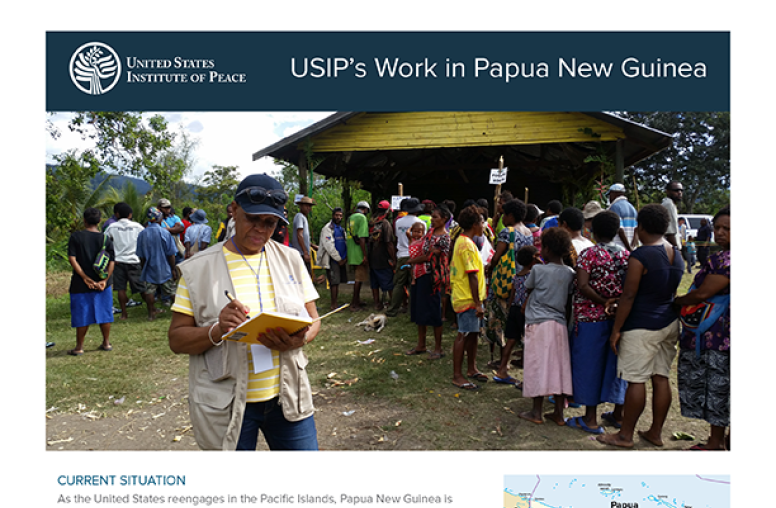
The Current Situation in Papua New Guinea
As the United States reengages in the Pacific Islands, Papua New Guinea is emerging as an increasingly important U.S. partner. It is the region’s largest country, with a landmass about the size of California and a population estimated to be somewhere between 10 and 17 million. In April 2022, Papua New Guinea was designated as one of the focus countries under the U.S. Strategy to Prevent Conflict and Promote Stability (SPCPS). In May 2023, the United States and Papua New Guinea signed a Defense Cooperation Agreement.
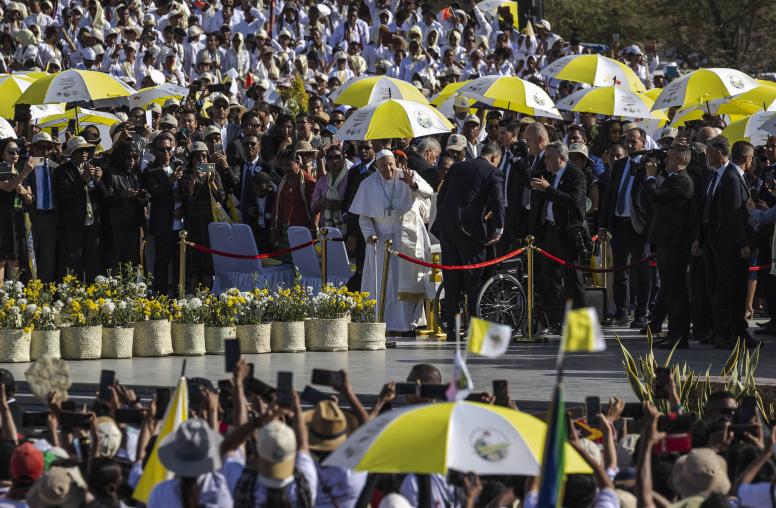
On Asia Trip, Pope Francis Uses his Bully Pulpit
Pope Francis wrapped up the largest, farthest trip of his pontificate last week, which encapsulated his position as a simultaneous spiritual and political figure.
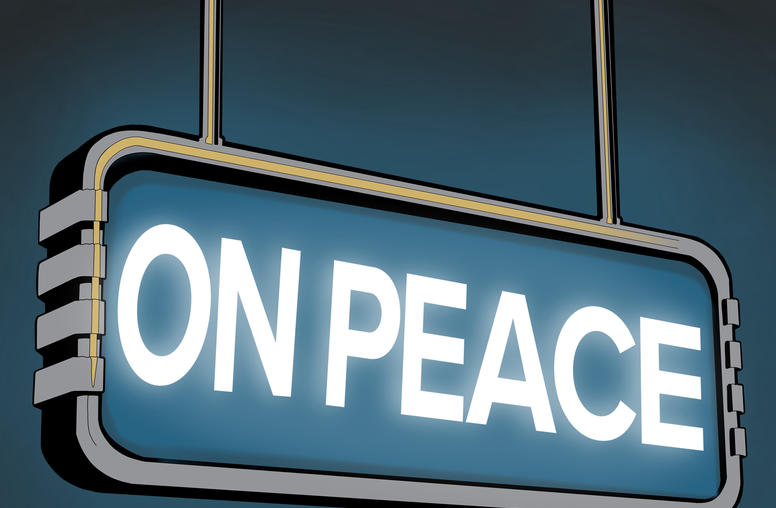
Gordon Peake on the Pope in Southeast Asia and the Pacific
During his 10-day trip to the region, the pope used “straight, plain-spoken language” while discussing pressing issues — such as climate change in Indonesia and violence against women in Papua New Guinea — in the hopes of spurring change, said USIP’s Gordon Peake: “No pun intended, he has a bit of a bully pulpit in these matters.”
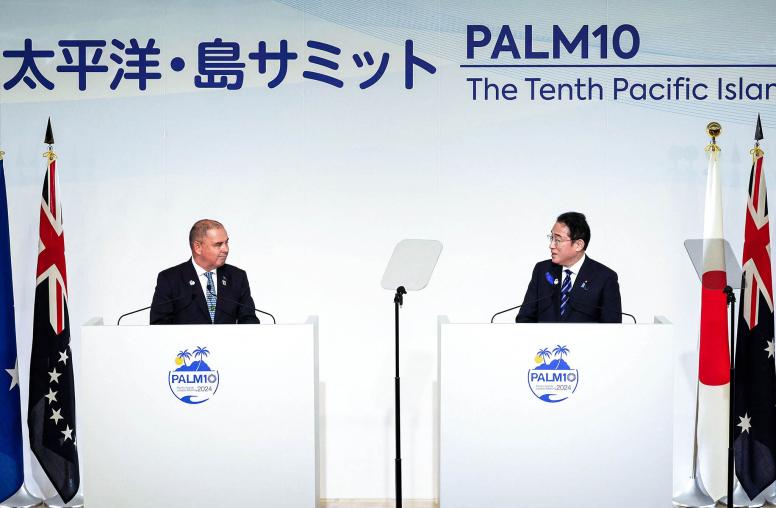
Japan-Pacific Islands Summit: Contending with Nuclear and Colonial Legacies
Last week, Pacific Island leaders flew to Tokyo for the Pacific Alliance Leaders Meeting (PALM), a summit between Japan and the Pacific Islands Forum (PIF). The meeting, which has occurred every three years since 1997, is designed to elevate Japan’s engagement with the forum and address common challenges, including climate change, fisheries and development.
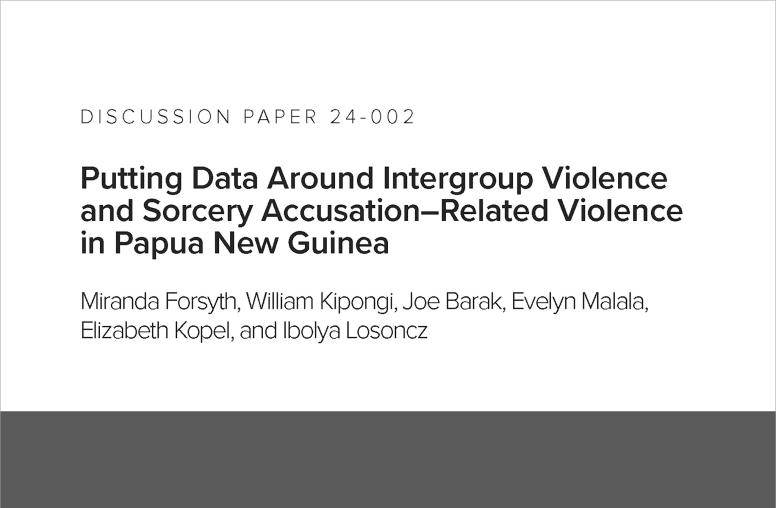
Putting Data Around Intergroup Violence and Sorcery Accusation–Related Violence in Papua New Guinea
This discussion paper provides analysis of newspaper reports from Papua New Guinea around two different but interconnected forms of violence: intergroup violence and sorcery accusation–related violence. The authors conclude that both types of violence are fueled by money politics, the widespread availability of guns and the normalization of violence, the erosion of traditional and local forms of leadership and regulation, and public service delivery failures.

The Relationship Between Social Media and Violence in Papua New Guinea
The online sharing of gruesome images and videos showing dead and dismembered bodies on social media is commonplace in Papua New Guinea (PNG). For instance, when a horrific massacre took place in Enga province in February this year, it was images shared on WhatsApp that alerted many to the violence.
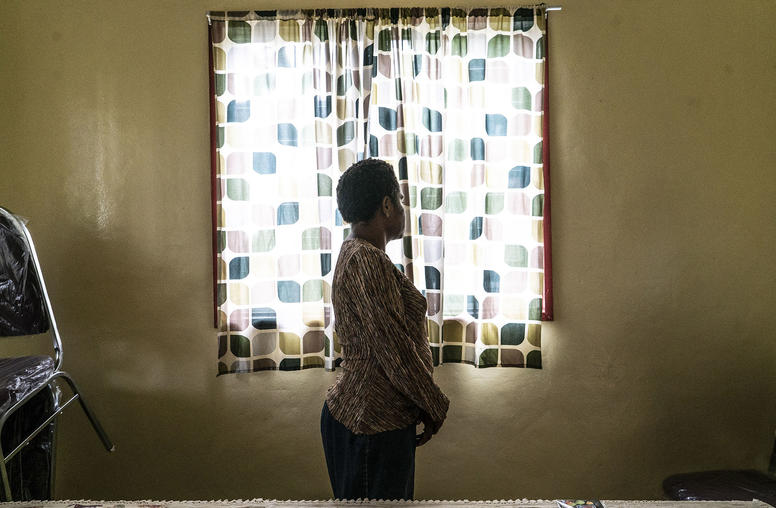
Addressing Gendered Violence in Papua New Guinea: Opportunities and Options
Each year, more than 1.5 million women and girls in Papua New Guinea experience gender-based violence tied to intercommunal conflict, political intimidation, domestic abuse, and other causes. It is, according to a 2023 Human Rights Watch report, “one of the most dangerous places to be a woman or girl.” Bleak as this may seem, it is not hopeless. USIP’s new report identifies several promising approaches for peacebuilding programming to reduce gender-based violence and effect meaningful and lasting change in Papua New Guinea.
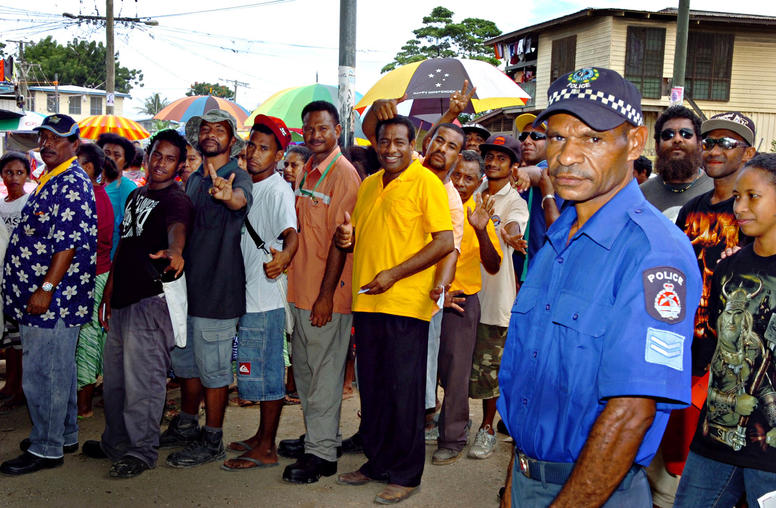
In the Pacific, Corruption and Poor Policing Open a Door to China
After the Pacific’s largest island nation, Papua New Guinea, recently suffered deadly rioting that included police, an official last week announced a Chinese offer to help strengthen its police force. That sequence exemplifies a rising challenge for democracy and stability in the Pacific: Many island nations suffer corruption and deficient policing that undermines the rule of law. This gap in responsive governance lets China seek influence through technical assistance drawn from its authoritarian model of policing. In response, democracies must reshape narrow, outdated approaches to security assistance.

Riots in Papua New Guinea Are a Warning: Urgent Change is Needed
Riots erupted in Papua New Guinea's capital yesterday, laying bare the hollowness of governance that is failing to meet public needs, thus risking deeper violence and instability. U.S attention to the Pacific Islands' largest and most populous nation is increasing, partly because it is an arena for geopolitical competition with China. While Papua New Guinea's leaders are good at rolling out the red carpet for visiting partners, the state fails lamentably in providing basic services for its people. This week’s violence is a wake-up call for U.S and international policymakers to re-focus on this root of the country’s instability.

Deepening the U.S.-Papua New Guinea Relationship
As the largest, most populous and most strategically located nation in the region, Papua New Guinea (PNG) is, not surprisingly, at the epicenter of reinvigorated U.S. efforts to reengage the Pacific Islands. The year 2023 has been a big year for the U.S.-PNG bilateral relationship. However, given recent pushback against U.S. initiatives in PNG, deepening the relationship will require some work.